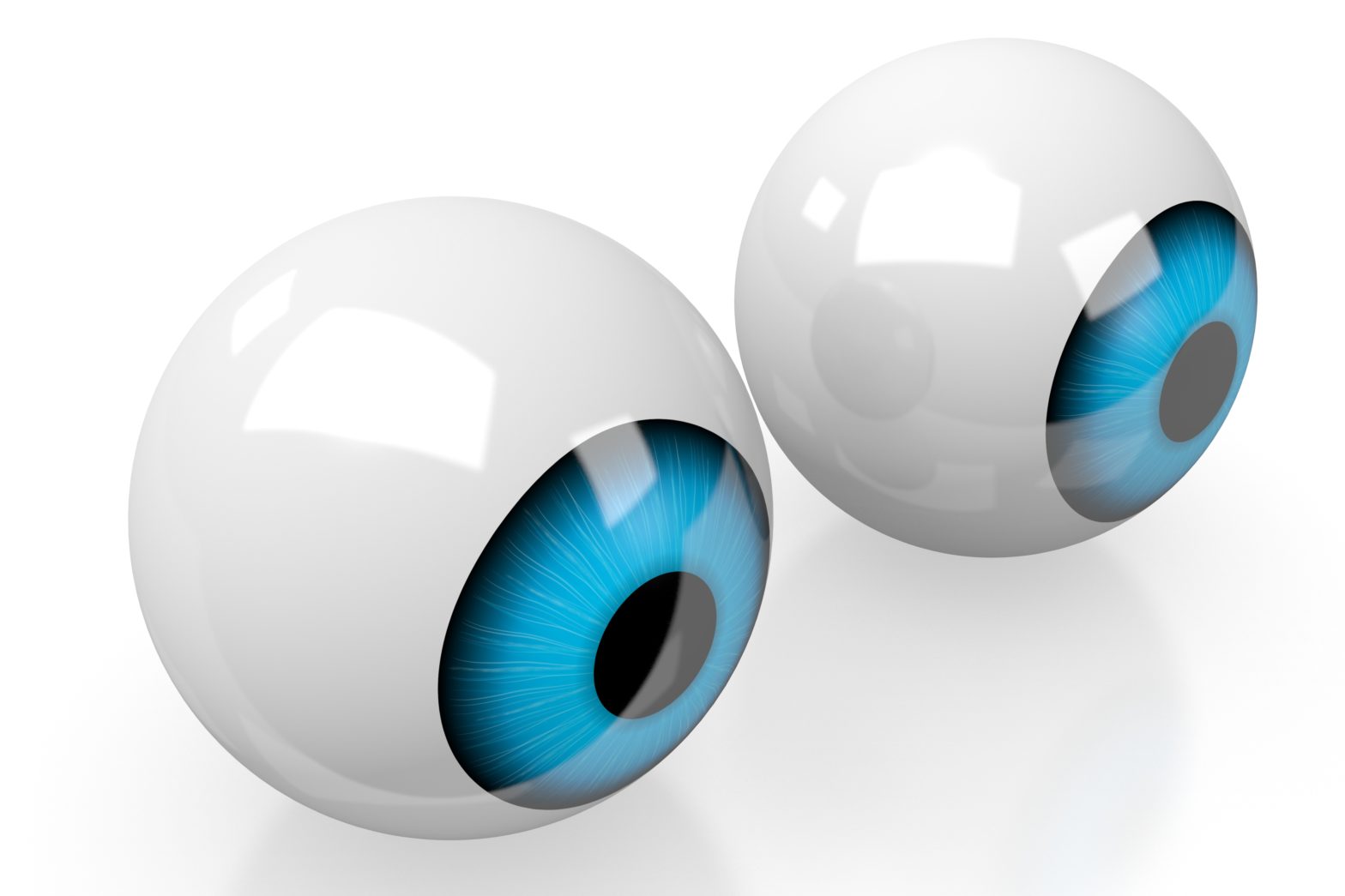The onset of digitization has drastically revolutionized the way people operate, communicate, learn and acquire knowledge. In simple words, digitization can be referred to as the process of converting information or analogue signals into a digital format that can be easily understood by electronic devices and computer systems.
When digitization is coupled with advanced and upgraded technology, people gain access to a variety of digital platforms that make life easier and more convenient. In this article, we will bring forward a short anecdote of a 15-year-old Aayush highlighting how he overcame computer vision syndrome by seeking the right treatment at the right time.
The breakout of the novel coronavirus in March 2020 altered the world in more ways than one. At the start of 2020, more than 4.5 billion were actively using the internet; overall social media users crossed the 3.8 million mark. [1] With the implementation of stringent lockdowns, everyone was forced to stay indoors, automatically increasing a person’s average screentime, especially in the case of children and teenagers.
We met Aayush at the beginning of 2021, he was accompanied by his mother, who was constantly fidgeting with her purse, seeming considerably stressed. When we inquired about the problem at hand, Aayush’s mother encouraged him to explain the situation on his own. With a steady voice, he elaborated that for the past 3-4 months, he has been witnessing headaches, eye redness, blurred vision, double vision, eye fatigue, and constant itching in both his eyes.
We scrolled through his medical history and found that he has had a weak vision since he was 3 years old. His mother added that since the implementation of the lockdown, he has been spending a significant amount of time on his tablet. Even though all his symptoms were pointing towards computer eye syndrome, we ran him through some tests to be doubly sure.
In the medical sector, computer eye syndrome can only be diagnosed through an elaborate eye examination test usually taken by a vision specialist. The testing for computer eye syndrome focuses on assessing the patient’s visual functions at different distances. Additionally, it also includes testing for any untreated or undetected vision problems that can contribute to computer eye syndrome.
After running all the required tests, we asked them to wait for the results and visit us again the next morning. Even though there were no unattended issues related to vision, we were confident that Aayush was suffering from computer eye syndrome. After the diagnosis, we could sense that both were getting worked up, so we decided to expand on the medical term to offer them some clarity that would calm them down.
We explained that computer syndrome or computer eye syndrome could be referred to as a group of vision related problems or eye symptoms resulting from prolonged screentime use of devices like tablets, computers, smartphones, e-readers, and digital notepads, and more. Further, we walked them through the available treatments for computer vision syndrome:
It is imperative to keep in mind that treating computer vision syndrome does not necessarily require any specific medical procedure. In fact, if the patient tries to bring healthy changes in their life patterns, a significant amount of relief will be witnessed over a period of time.
- Cut the Glare
It is safe to say that technology is a double-edged sword that is both a boon and a blessing. In order to combat the symptoms of computer vision syndrome, ensure that the lighting in the room is not too straining for the eyes. Recently, both students and working professionals have invested in blue light lenses to reduce eye strain, dry eyes [2], and fatigue.
It is also a good idea to get a dimmer switch installed if the overhead fixtures are at your workplace or study tables. Another option is to buy a lamp with moveable shades that evenly cast light on the desk, protecting your eyes from undue stress and fatigue.
- Take Breaks
In today’s fast-paced world, everyone is busy chasing tight deadlines. In most cases, this often has a direct effect on the health of the person. Therefore, it is imperative to take measures that will ensure your body is not surpassing its normal threshold.
If a person is suffering from computer eye syndrome, try to take out a few minutes away from the screen. This will give your eyes a chance to relax and rejuvenate, preventing red eyes, headaches, neck pains, and more.
- Rearrange Your Settings
Most people don’t know that the best position to place your monitor is slightly below the eye level, which is usually around 20 to 28 inches away from the face of the user. This way, the person should not have to strain their eyes to see the screen. Although, for this rearrangement, it’s best to try different angles and fix the one that works best for you.
Treat Computer Vision Syndrome with Dr Agarwal’s Eye Hospital’s Best-in-Class
After bringing some considerable lifestyle changes, Aayush finally overcame most computer vision syndrome symptoms. He tried cultivating a habit of reading which reduces his screentime, paving the way for a healthier way of life.
At Dr Agarwal’s Eye Hospital, we have been revolutionizing healthcare since 1957. Over the years, we have been at the forefront of eye care for over six decades with state-of-the-art ophthalmic technology and infrastructure. Our competent team of doctors offer medical procedures and solutions for various eye-related diseases like glaucoma, cataract, diabetic retinopathy, squint, retinal detachment, and more.
To learn more about our treatments and services, explore our website today.









